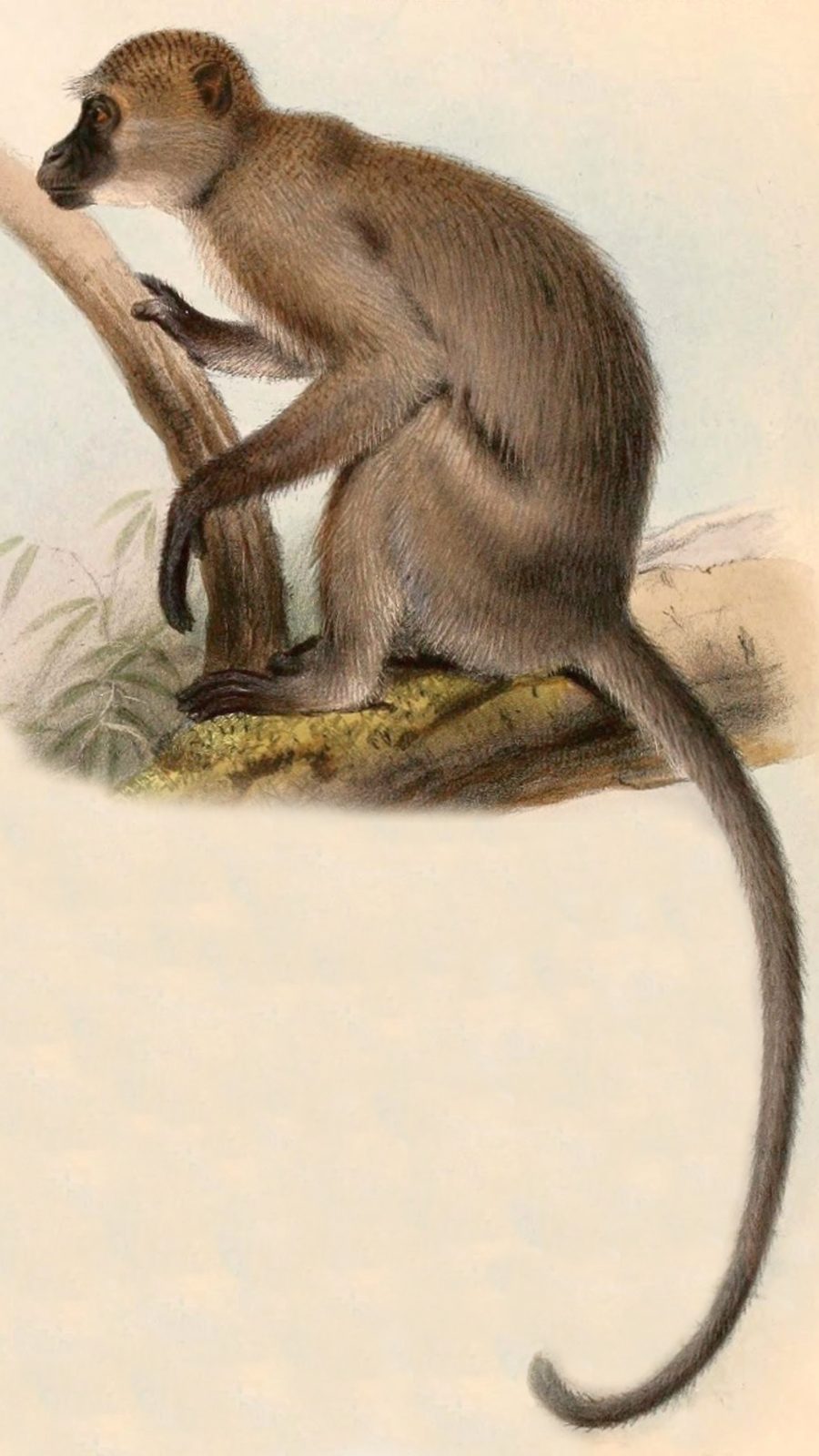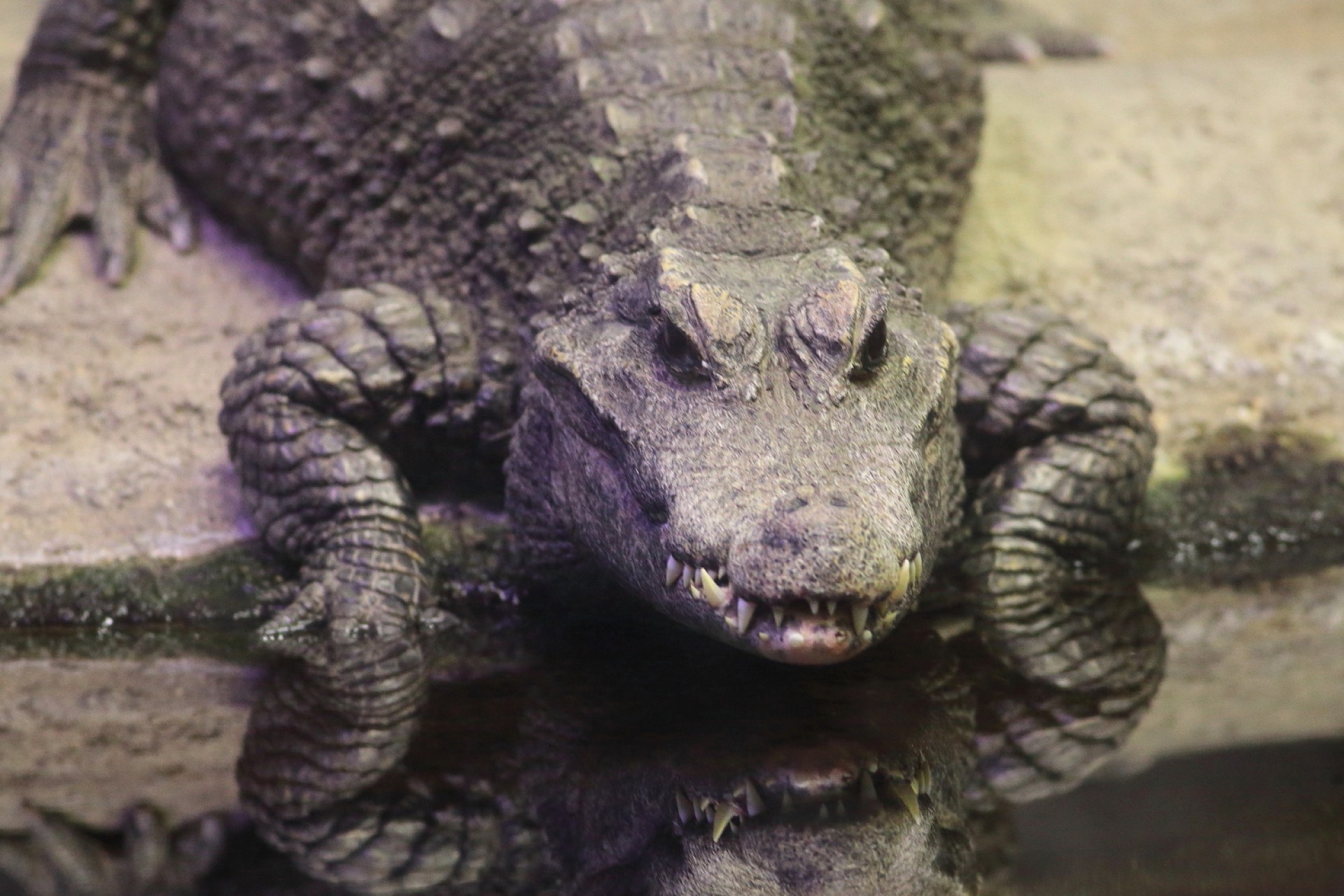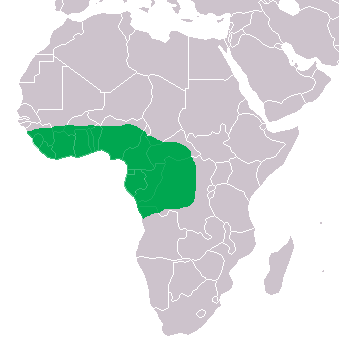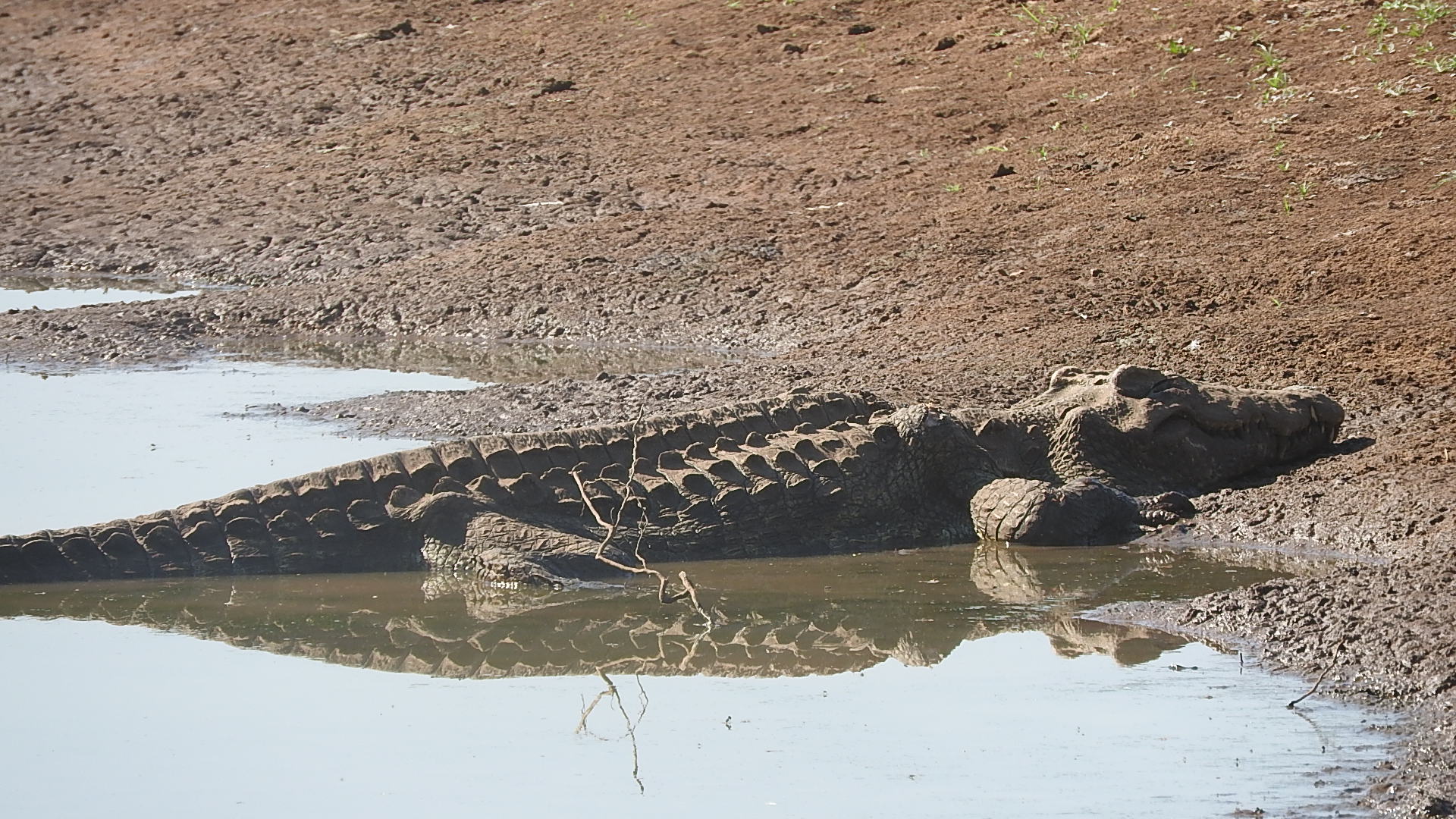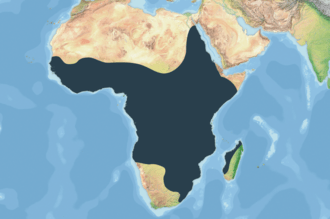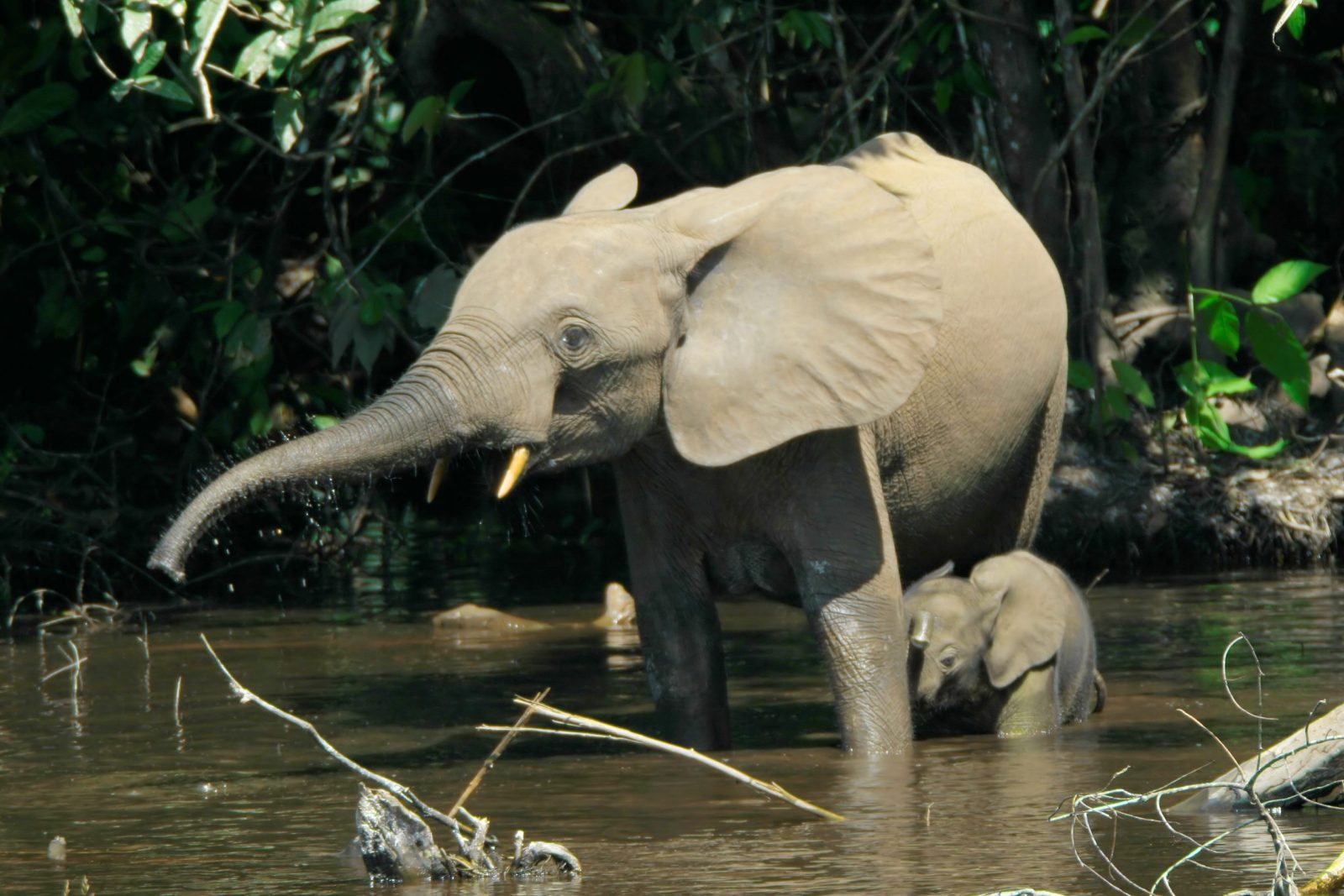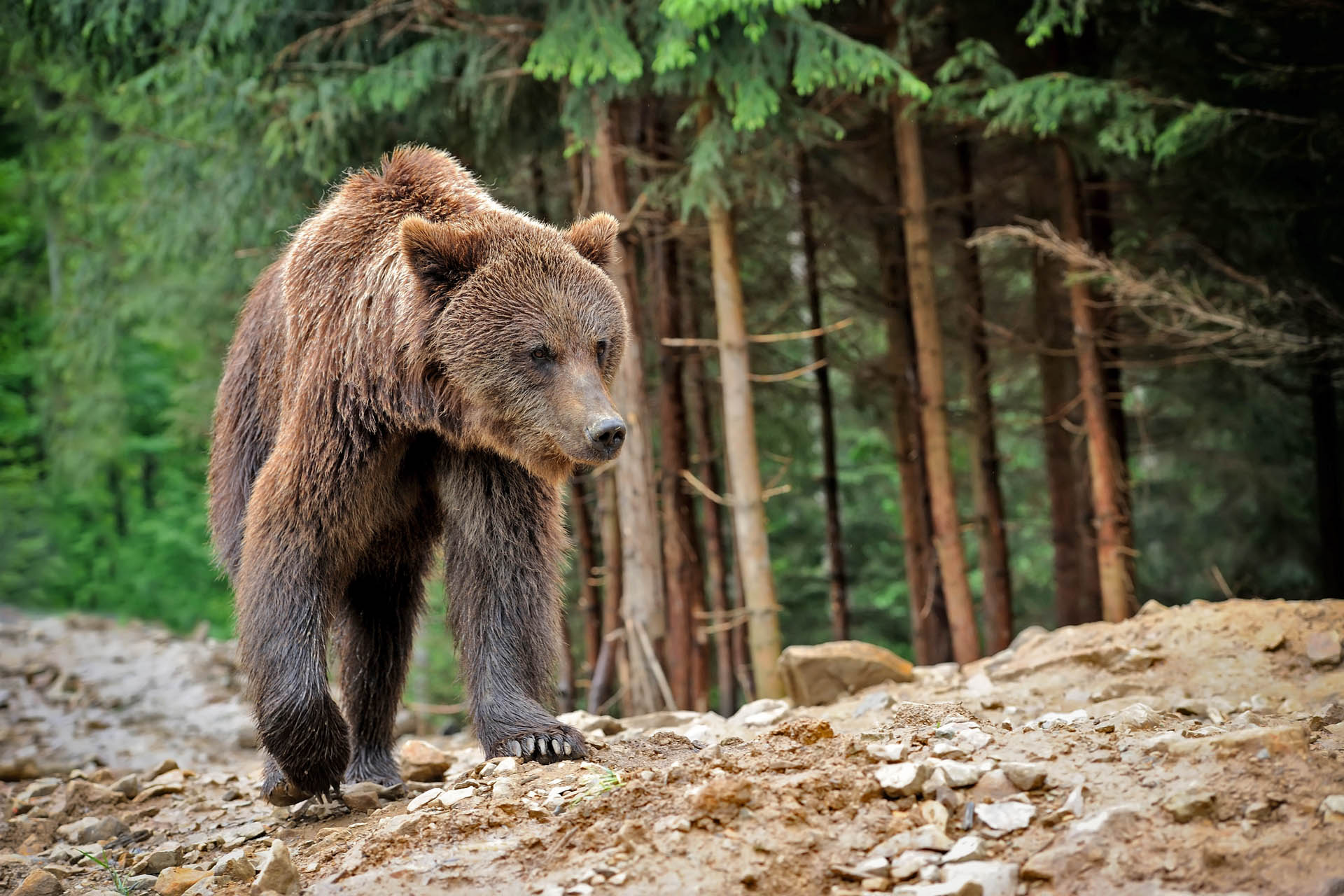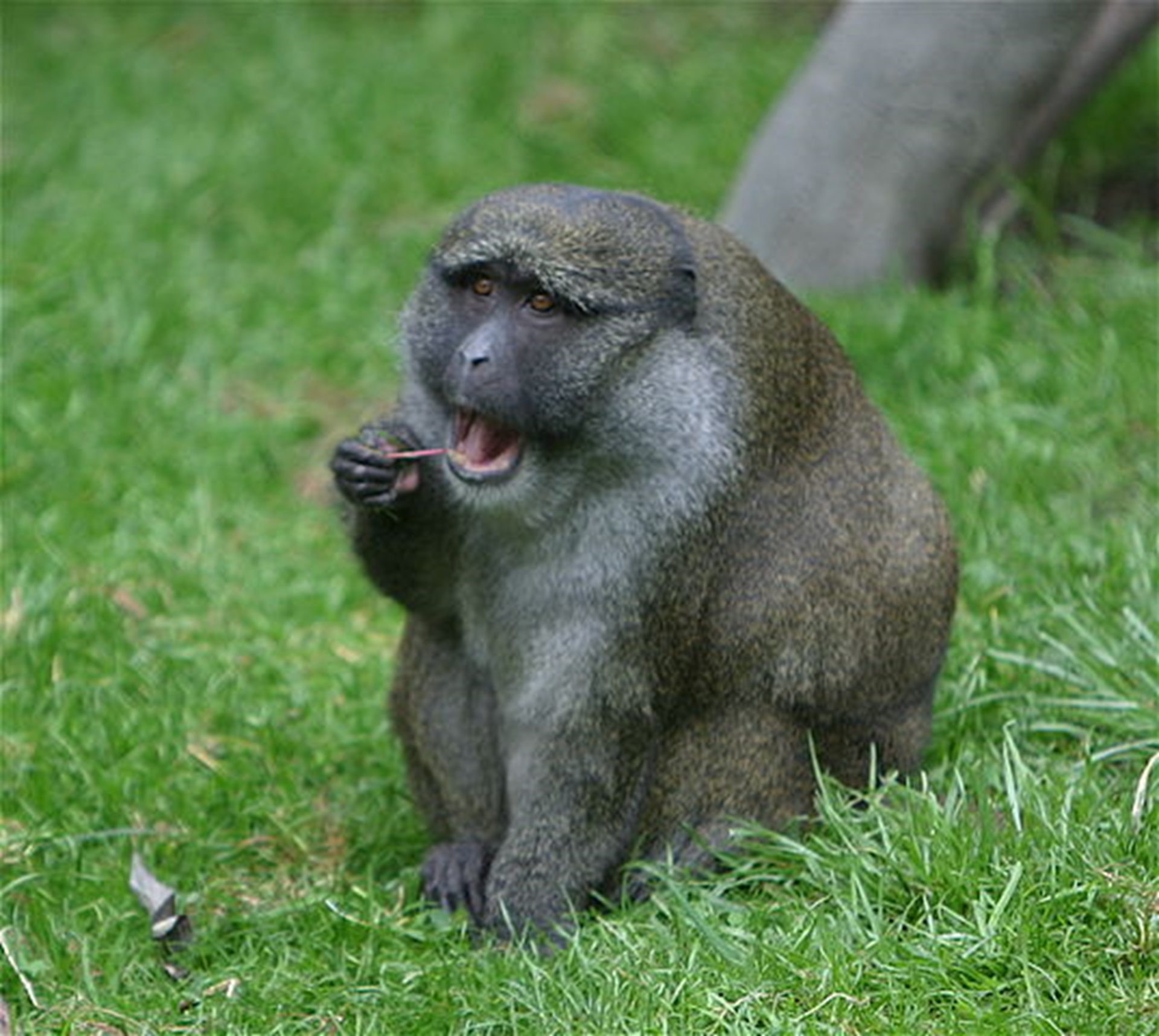Rhino have been hit hard in the last few decades. These species are all of the currently surviving species of wild rhino. Indeed, no species of rhino have been lost in modern times – in recent times the woolly rhino was lost. Further back, there are dozens of rhino species which are only known from fossils, with as many as 45-50 different species in the Americas alone.
There are links for the black and white rhino species, as these are found in the savannah ecosystems that we have listed, however, we will add more over time as we make contact with people in the field.
Javan rhinos: is the Indonesian government lying? misleading? or being straight with the world.
- Tim
- May 1, 2024
It appears that the counters of the Javan rhino, have continued to count animals which have not been seen for years. Given how much poaching has been going on, this...
One gang of poachers have killed 10% of Javan rhino in 5 years
- Tim
- April 27, 2024
Javan rhino are on the brink of extinction! Currently, the number of surviving rhino is thought to be around 70. This depleted population is largely to do with poaching, as...
Platinum Rhino, the worlds largest captive rhino breeding operation sold to africaparksnetwork! (update, instagram embed did not work)
- Tim
- February 2, 2024
Hearing this news, one might think "great, another 10-20 rhino"? Think again.
Platinum rhino holds as much as 15% of the current wild population in its operation -2000 individuals. Here...
Can simple changes help the Javan rhino recover?
- Tim
- January 24, 2024
Above is a fascinating video about a photographers journey to try to see this rhinos in the wild (spoiler alert, it was a success, as you can see from...
The Indonesian rhinos that once roamed across much of Asia
- Tim
- April 30, 2023
The wildlife of Indonesia now often looks like relatively unique to those islands. This is not the natural state of affairs. 60,000 years ago, a cousin of the orangutan lived...
Poachers killed 24 rhinos in the last two weeks of 2021, that is the equivalent of 1000 a year
- Tim
- May 28, 2022
Rhino poaching is devastating rhino populations across Africa and Asia. Many species such as the Indonesian species are already lost or on the brink. African species are not far behind....
New baby girl! Sumatran rhino born in captivity in a breeding centre in Sumatra
- Tim
- March 29, 2022
Today the Sumatran rhino is critically endangered. It is thought that not more than 80 exist in the wilds of Sumatra. Not particularly closely related to the Javan rhino, the...
What now, for the northern white rhino?
- Tim
- February 27, 2022
Late last year, the oldest of the two remaining northern white rhino was retired from the breeding programme. This just leaves her daughter as the only egg donor in the...
Two baby rhino born in Java in the species last remaining habitat
- Tim
- February 17, 2022
There are only around 60 rhino left in the wild. They live in Ujung Kulon National Park. To put that in perspective, that is an increase of 3.3%.
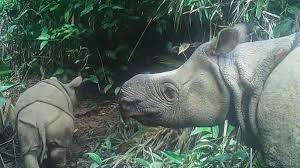
Rhino poaching in the Kruger continues, decimating the population
- Tim
- October 19, 2021
When my wife and I spent 3 months on the edge of the Kruger in 2007, there was thought to be over 10,000 white rhino left in the park -...
Third Sumatran rhino sanctuary moving forwards
- Tim
- July 1, 2021
The Sumatran rhino is critically endangered. Just a few years ago, the last of the mainland Sumatran rhino died, leaving only the population on Sumatra itself.

There are now 5 embryos created to save the Northern white rhino
- Tim
- April 1, 2021
Until recently there were only 3 viable embryos, so it is encouraging that these two new ones have be able to be created. There are currently just 2 remaining northern...

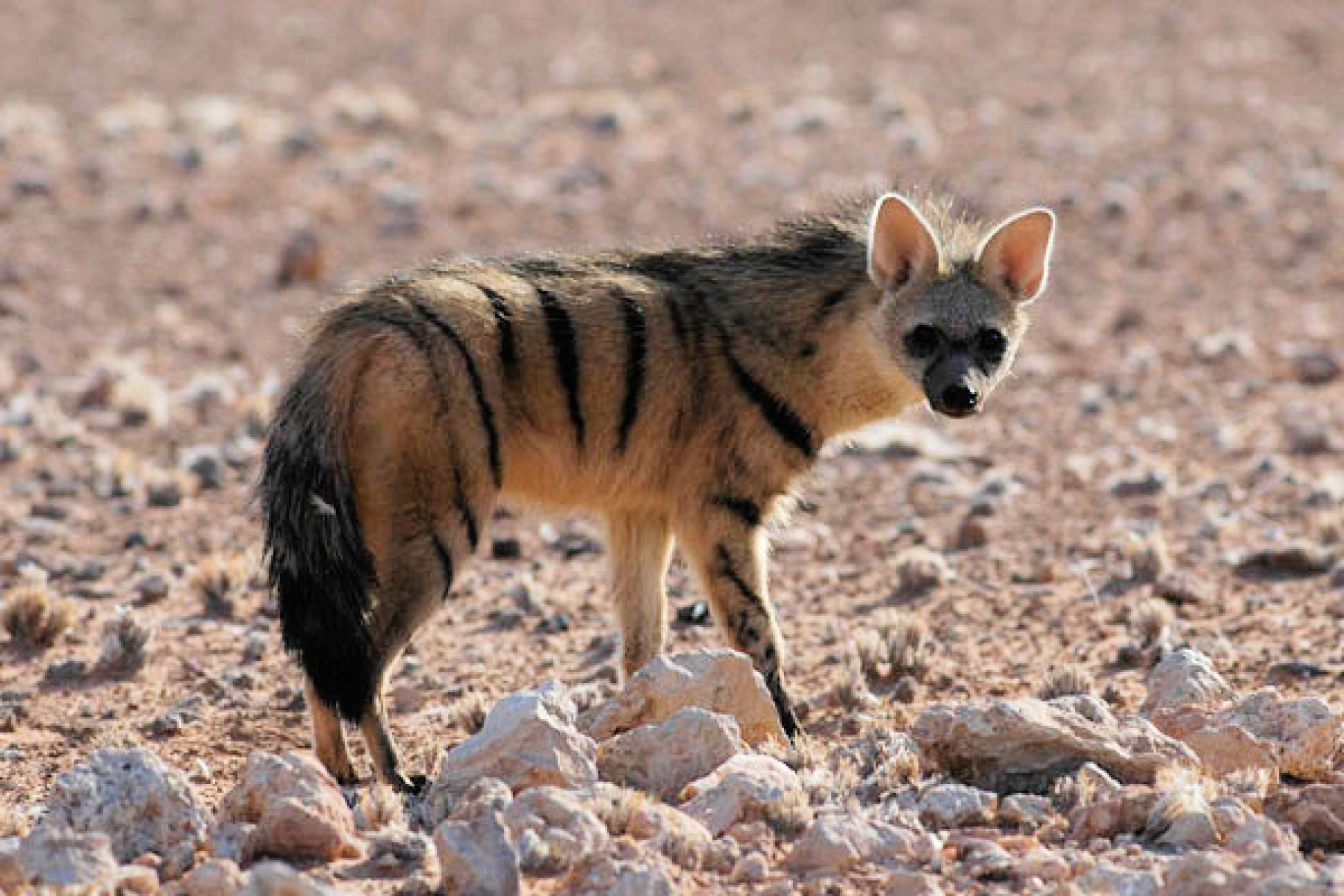
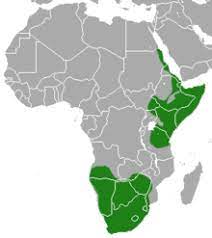 The aardwolf is the smallest member of the Hyaenidae family, as you can see from the map, it is a species with two separated populations, one in East Africa and one in Southern Africa. It is insectivorous, and exclusively nocturnal, and is generally thought of as one of the harder animals to see in the wild. If incredibly lucky, you can see them feeding alongside Aardvarks, and even Pangolins, but this is rare. They favour open dry plains and savannahs.
The aardwolf is the smallest member of the Hyaenidae family, as you can see from the map, it is a species with two separated populations, one in East Africa and one in Southern Africa. It is insectivorous, and exclusively nocturnal, and is generally thought of as one of the harder animals to see in the wild. If incredibly lucky, you can see them feeding alongside Aardvarks, and even Pangolins, but this is rare. They favour open dry plains and savannahs.